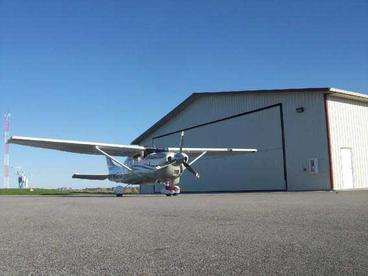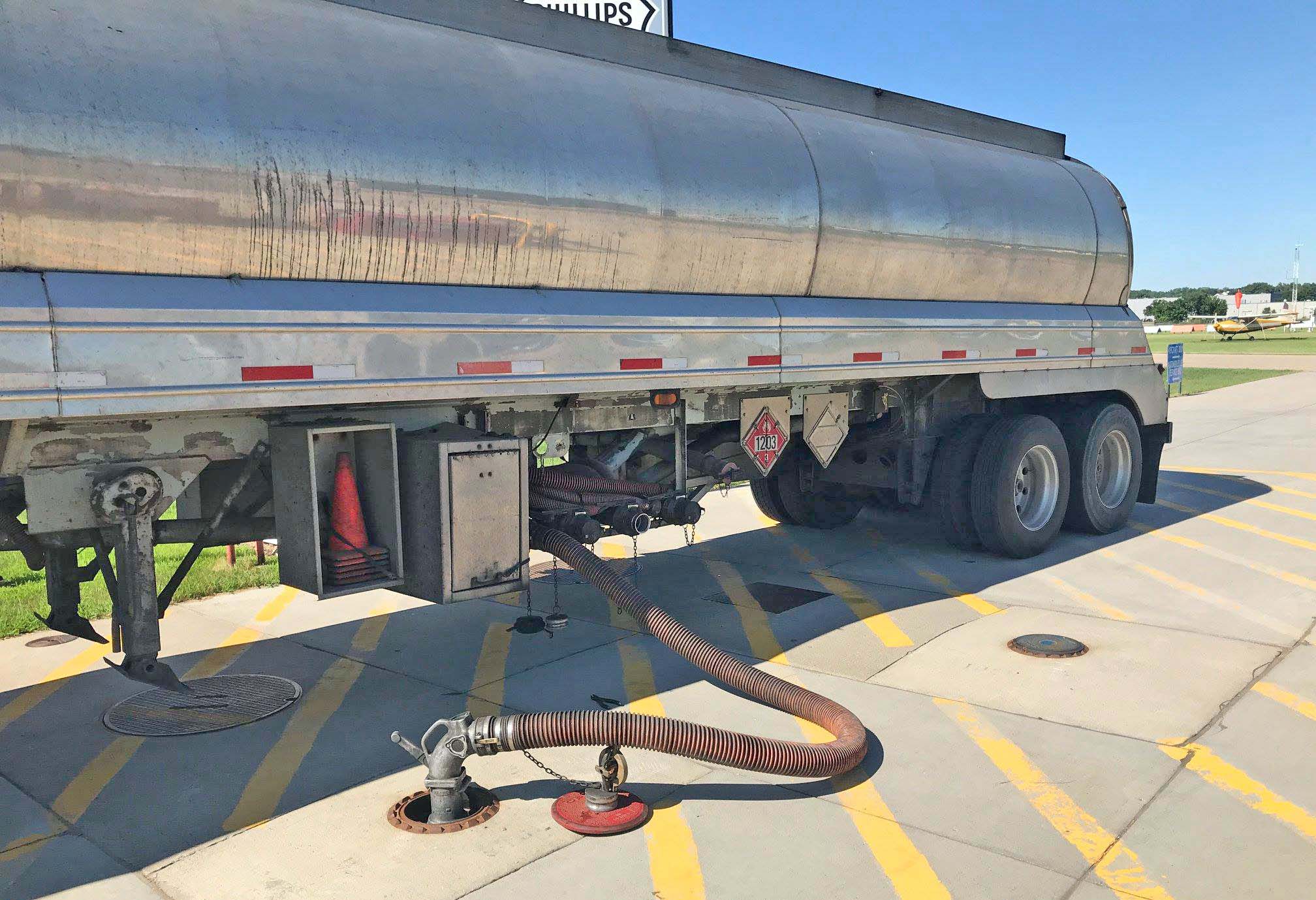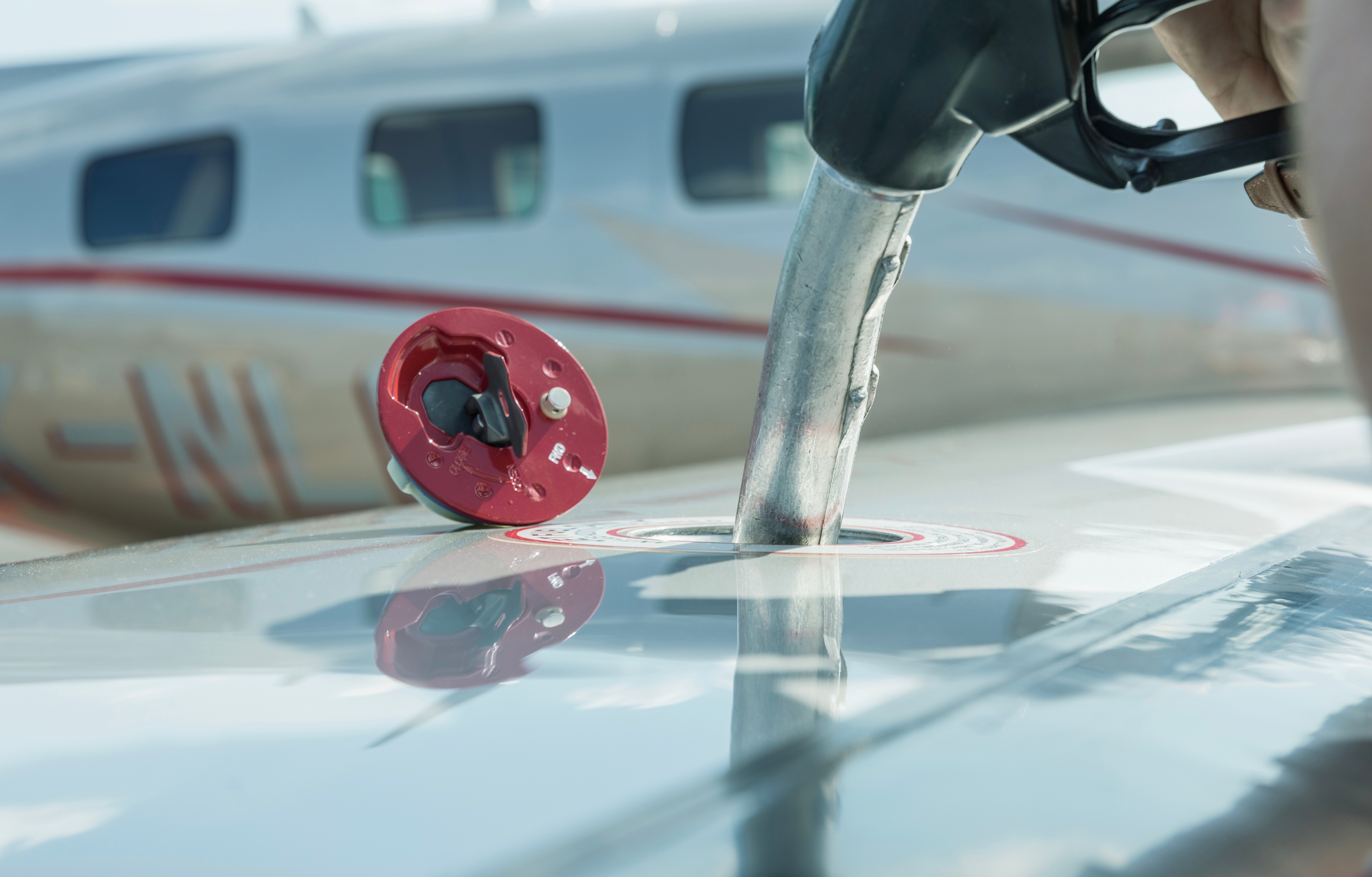
Let’s face it: A process guided by a highly detailed, 77-page government document is never going to be a walk in the park. The good news is that with a little planning and flexibility, selecting an airport consultant doesn’t have to be a difficult undertaking. For many airports in Minnesota, this will mean starting the process soon to be ready for FAA grant pre-application submission in November.
“If your airport is part of the National Plan of Integrated Airport Systems (NPIAS), you need to go through the consultant selection process at least every five years to receive federal funding,” says Melissa Underwood, senior aviation planner at SEH Inc. “It would be a good idea for airports that haven’t gone through this process in a few years to start now so they will be ready for this question when grant pre-applications are due in November.”
Planning strategically in Fillmore County

On Minnesota’s southern border, the Fillmore County Airport boasts a 4,000- by 75-foot runway, 24-hour lobby, internet access, and a soda machine. It’s a small operation, but in recent years the airport has worked with a consultant to begin making it a greater economic driver in the county.
“Our airport was established in the 1970s and grew over the years—right now there are 26 aircraft based in private hangars,” says Pam Schroeder, Fillmore County Airport’s manager. “We’ve grown in a more strategic way since completing our master plan in 2015. We’ve added NAVAID lights and a new fuel system, and we are currently building an 8-unit T-hangar.”
According to Schroeder, whose background is in highway accounting management and not aviation, setting a strategic course for the airport’s growth would not have been possible without the help of their consultants. Though she says the consultant selection process can seem daunting at first, the FAA advisor circular (AC), fellow airport managers, and her FAA program manager made the process doable.
“I began by reading through the AC in detail and making notes about how it applied to our airport,” Schroeder says. She also talked in depth with the airport’s FAA program manager and reached out to several other neighboring airport managers, who she says were “extremely helpful” in sharing advice and sharing their Requests for Proposals (RFPs) and Requests for Qualifications (RFQs) as examples for Fillmore County to get started on its own.
Getting the big picture
Before getting bogged down in the details of the FAA consultant guidelines, it’s important for an airport sponsor to understand the reasons behind them. Lindsay Butler Terry, FAA Dakota-Minnesota Airports District Office manager, explains that the FAA’s intention is for airports to select consultants fairly, based on a consultant’s qualifications to develop the airport in the way that’s best for the community and the economy.
“Airports rely on their aviation consultants for their experience and expertise, so we want to make sure they are receiving the type of service they are paying for while gaining an ally who can advocate for the airport. It is important to communicate the value of the airport to the community, keep the airport going in the right direction, ensure projects make sense for the airport and the community, and bring those projects across the finish line,” Terry says.
Navigating the process
The consultant selection process is laid out in detail in FAA AC 150/5100-14E, Architectural, Engineering, and Planning Consultant Services for Airport Grant Projects. In short, it involves determining the airport projects to be completed over the next five years, forming a selection committee, issuing an RFP for prospective consultants, reviewing and scoring the proposals, conducting interviews, and selecting a consultant. Although the AC is highly detailed, Underwood emphasizes that it also allows room for flexibility.
“What you ask for in your RFP is really up to you as the airport sponsor,” Underwood says. “For example, you can impose a page limit on the length of the proposals—25 pages is usually more than enough, and you could make it even less. You don’t have to conduct interviews if you don’t want to, and you have control over what you’d like included in the proposals.”
The process can be completed at any time, and an airport can always repeat the process if it wants to change consultants. However, Underwood and Terry recommend late summer and early fall as the best time to begin consultant selection.
“This will give airports time to put together an RFP, form a selection committee, send the RFP to their FAA program manager for review, and publish their RFP,” Underwood says. Consulting firms would then have a month to pull together their proposals. Once the proposals are received, the selection committee would follow their process and submit a recommendation to the city or county council for approval, if needed, with the goal of having a consultant onboard by November.
Getting started
If this still sounds like a lot, the easiest way to get started with the consultant selection process is by reaching out to your FAA program manager.
“Remember that the FAA is your partner, and we are available to help you through this process,” says Terry. “While we can’t recommend any specific consultant, we can guide you through the process of finding the best consulting partner for your airport by helping you craft your RFP, reviewing your advertisement for proposals, and supporting you with helpful tips and tools.”


